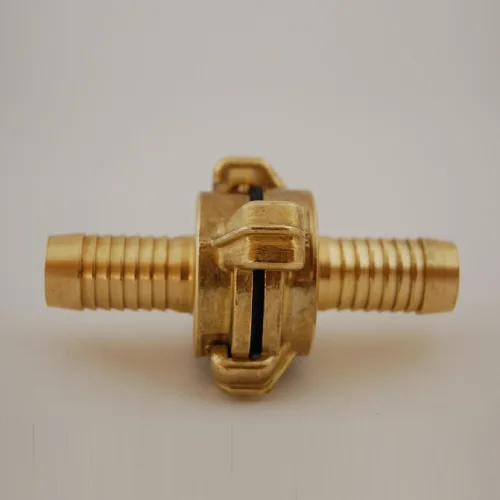If you’re tackling a plumbing project and need to connect copper pipes, threading them is a crucial skill. But let’s be real—threading copper can feel intimidating if you’ve never done it before. Don’t worry! This guide breaks down the process into simple, actionable steps. By the end, you’ll feel confident enough to thread copper pipes like a pro (and avoid costly mistakes).

Why Thread a Copper Pipe?
Copper pipes are durable and corrosion-resistant, making them ideal for plumbing. Threading allows you to screw fittings onto the pipe, creating secure connections for valves, joints, or adapters. While soldering is common, threading is better for projects requiring disassembly or adjustments later.
Tools You’ll Need
Before diving in, gather these tools (no rocket science here!):
Copper pipe (measure the diameter and length you need).
Pipe threader (manual or electric—more on this later).
Pipe cutter or hacksaw.
Deburring tool or sandpaper.
Pipe vise or clamp.
Cutting oil (keeps things smooth and cool).
Safety gear: Gloves and goggles (trust me, metal shavings hurt).
Step 1: Measure and Cut the Pipe
Start by measuring the section of pipe you need. Use a pipe cutter for clean, straight cuts. If using a hacksaw, steady the pipe in a vise to avoid jagged edges. Pro tip: Mark the cutting line with a marker to stay precise.
Common mistake: Crooked cuts lead to uneven threads. Take your time here!
Step 2: Deburr the Pipe Edges
After cutting, the pipe ends will have sharp burrs. Use a deburring tool or sandpaper to smooth them out. This step is non-negotiable—rough edges can damage your threader or cause leaks later.
Step 3: Secure the Pipe
Clamp the pipe tightly in a vise. Stability is key! If the pipe wobbles, your threads will be uneven or stripped.
Step 4: Apply Cutting Oil
Squirt cutting oil onto the pipe’s end. This reduces friction, prevents overheating, and extends the life of your threader. Reapply oil as you work—don’t skip this!
Step 5: Thread the Pipe
Here’s where the magic happens.
Manual threaders: Rotate the tool clockwise, applying steady pressure. After 2-3 turns, reverse slightly to break off metal shavings. Repeat until you reach the desired thread length.
Electric threaders: Follow the manufacturer’s guide—usually a matter of aligning the pipe and letting the tool do the work.
Pro tip: Threads should be clean and uniform. Test-fit a fitting to ensure it screws on smoothly.
Step 6: Clean Up
Wipe off excess oil and metal shavings with a rag. Inspect the threads for defects. If they’re rough, use a wire brush to clean them up.
Manual vs. Electric Threaders: Which Should You Use?
Manual threaders are affordable and great for small jobs. Expect a workout, though!
Electric threaders save time and effort for larger projects but cost more.
Troubleshooting Common Issues
Cross-threading: If the fitting won’t screw on, your threads might be misaligned. Start over with fresh cuts.
Weak threads: Caused by uneven pressure or worn-out tools. Replace dull threader dies.
Leaks: Use thread seal tape or pipe dope on finished threads for a watertight seal.
When NOT to Thread Copper Pipes
Threading weakens the pipe wall. Avoid it if:
The pipe is thin-walled or already corroded.
You’re working with gas lines (soldering or compression fittings are safer).
Final Thoughts
Threading copper pipes isn’t hard—it just requires patience and the right tools. Practice on scrap pieces first, and soon you’ll handle this task with ease. Remember: A well-threaded pipe lasts decades, so it’s worth doing right!